There are not many flowering plants in Harmers
Wood itself but there is plenty to see if you walk up Hill Road North
from Bates Lane, through Harmers Wood and on to the summit of Helsby
Hill then walk back through the woods on the side of the hill. The list
below includes ferns and horsetails which do not have flowers. There
are introduced species illustrated here as well as native plants. Not
all the photos shown here were taken in Helsby.
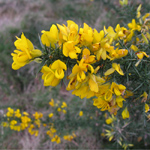
Ulex europaeus Common Gorse
Helsby 16th January 2005
Previous
Next
|
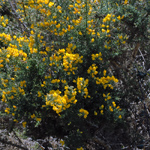
Ulex europaeus Common Gorse whole bush
Great Orme 7th March 2007
Previous
Next
|
|
|
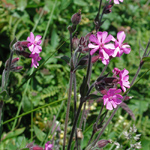
Silene dioica Red Campion
South Stack 16th June 2004
Previous
Next
|
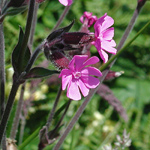
Silene dioica Red Campion
South Stack 16th June 2004
Previous
Next
|
|
|
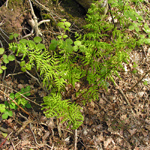
Dryopteris dilatata Broad Buckler-fern (young)
Helsby 19th April 2005
Previous
Next
|
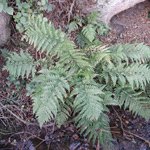
Dryopteris dilatata Broad Buckler-fern (mature)
Helsby 22nd November 2004
Previous
Next
|
|
|
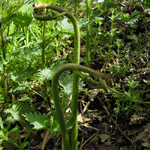
Bracken (Pteridium aquilinum)
Helsby 1st May 2005
Previous
Next
|
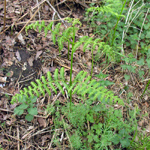
Bracken (Pteridium aquilinum)
Helsby 1st May 2005
Previous
Next
|
|
|
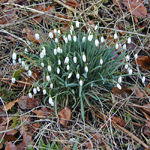
Snowdrops (Galanthus nivalis)
Hill Road North, Helsby 23rd January 2001
Previous
Next
|
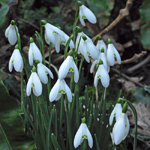
Snowdrops (Galanthus nivalis)
North Wales, 2nd February 2007
Previous
Next
|
|
|
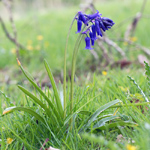
Bluebell (Hyacinthoides non scripta)
Warburton Wood 9th May 2010
Previous
Next
|
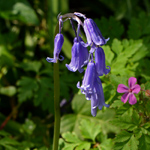
Bluebell (Hyacinthoides non scripta)
Great Orme, 11th May 2017
Previous
Next
|
|
|
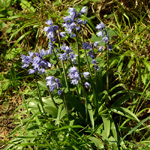
Garden Bluebell (Hyacinthoides x massartiana)
Great Orme, 11th May 2017
Previous
Next
|
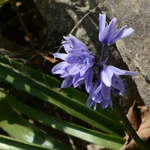
Garden Bluebell (Hyacinthoides x massartiana)
Great Orme, 11th May 2017
Previous
Next
|
|
|
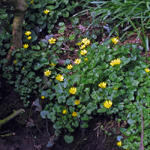
Lesser Celandine (Ficaria verna ssp fertilis)
Helsby, 18th April 2010
Previous
Next
|
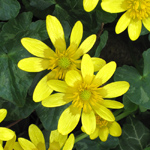
Lesser Celandine (Ficaria verna ssp fertilis)
Helsby, 18th April 2010
Previous
Next
|
|
|
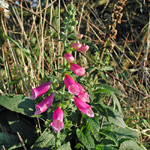
Foxglove (Digitalis purpurea)
Helsby Hill, 30th November 2004
Previous
Next
|
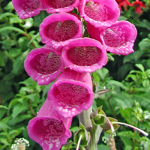
Foxglove (Digitalis purpurea)
Helsby, 13th June 2003
Previous
Next
|
|
|
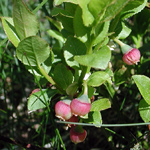
Bilberry (Vaccinium myrtillus)
Ben Lawers, 1st August 2004
Previous
Next
|
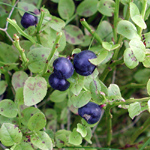
Bilberry (Vaccinium myrtillus) Fruit
Ben Lawers, 1st August 2004
Previous
Next
|
|
|
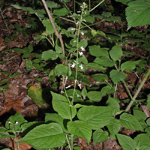
Enchanter's-night shade (Circaea lutetiana)
North Wales 12th July 2004
Previous
Next
|
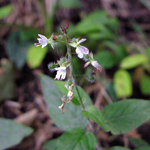
Enchanter's-night shade (Circaea lutetiana)
Verge, Hillside road north, 5th September 2005
Previous
Next
|
|
|
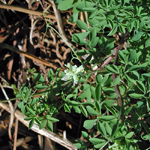
Climbing Corydalis (Ceratocapnos claviculata)
Top of Helsby Hill, 26th September 2004
Previous
Next
|
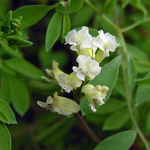
Climbing Corydalis (Ceratocapnos claviculata) close
Top of Helsby Hill, 26th September 2004
Previous
Next
|
|
|
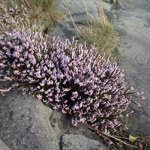
Heather or Ling (Calluna vulgaris)
Top of Helsby Hill, 26th September 2004
Previous
Next
|
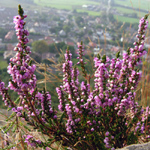
Heather or Ling(Calluna vulgaris) close
Top of Helsby Hill, 26th September 2004
Previous
Next
|
|
|
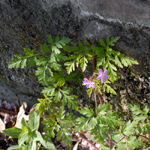
Herb Robert (Geranium robertianum)
Helsby 30th April 2007
Previous
Next
|
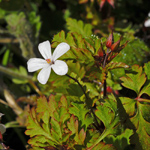
Herb Robert(Geranium robertianum) close
Helsby 30th April 2007
Previous
Next
|
|
|

